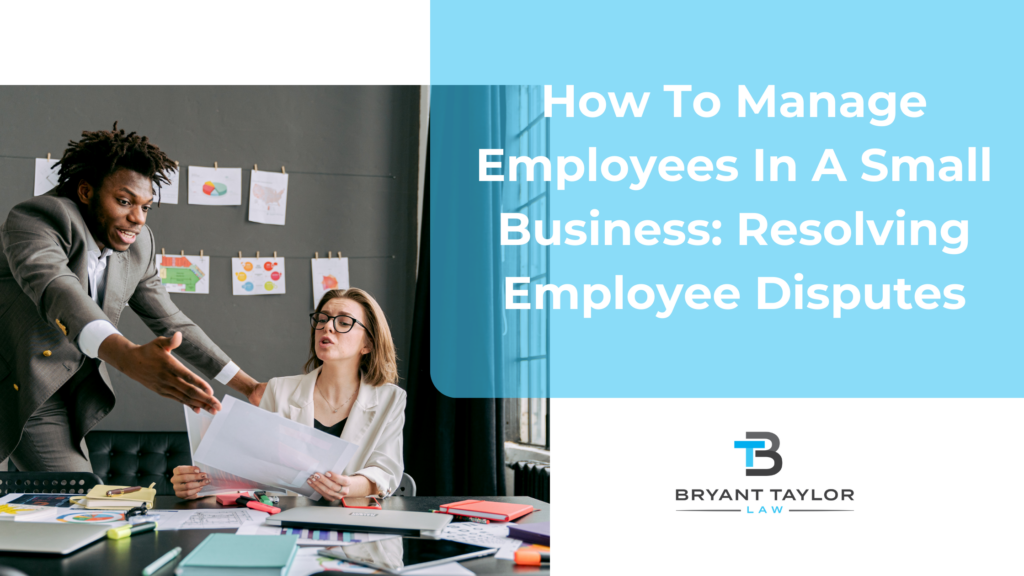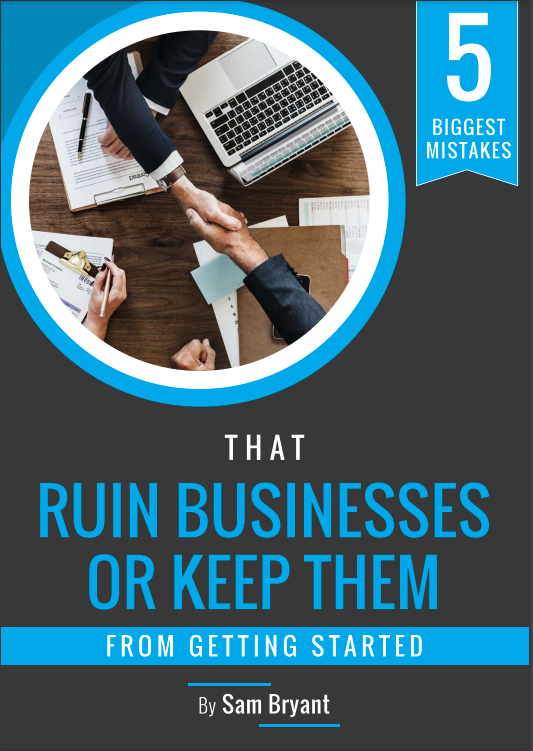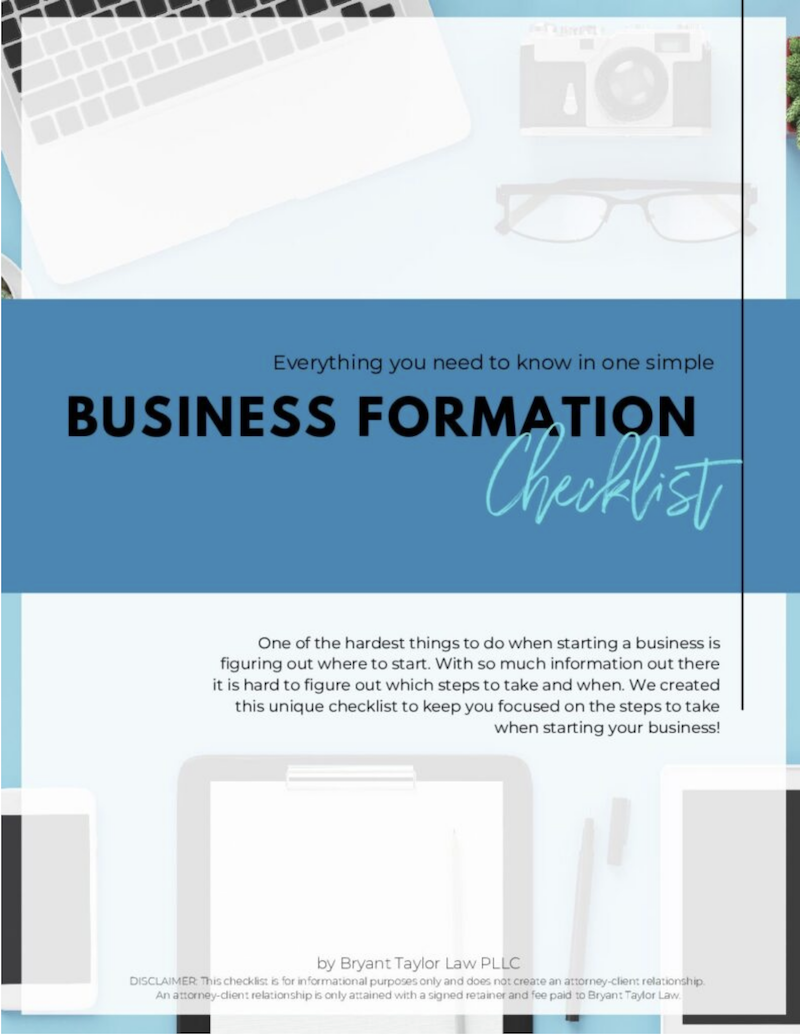
Employee disputes are inevitable in any business setting, and no one understands this better than Bryant Taylor Law. We have a long-standing history of resolving disputes between even the most trusted partnerships. Regardless of what level they occur, these conflicts can significantly influence the atmosphere at work and the team’s overall output. The third blog in our series about managing employees identifies typical workplace disputes and will give you some strategies for effective resolution.
Typical Workplace Conflicts
Conflicts among employees commonly stem from misunderstandings or different viewpoints. These conflicts can be as simple as disagreements over routine tasks or as complex as contrasting methods in project execution. A frequent issue is the uneven distribution of work, where employees might perceive an unfair workload compared to their peers. Disputes can also arise concerning career progression matters such as promotions or salary increments. At times, the root of the conflict lies in personality differences, making collaboration challenging for some individuals.
Work-life balance concerns are another source of disputes, especially when employees feel their personal time is undervalued. Conflicts may also emerge from differing opinions on resource allocation or adherence to company guidelines. Issues regarding managerial decisions or the company’s direction can further contribute to employee unrest. Acknowledging these issues promptly and fostering an environment where employees can freely express their concerns is critical for employers.
Approaches to Resolve Conflicts
Encouraging open dialogue is a fundamental step in conflict resolution. It is essential for employees to feel safe in voicing their issues without fearing negative consequences. Holding regular discussions or providing platforms for feedback can facilitate this. Understanding all perspectives of the conflict is critical to identifying the underlying causes. Direct conversations often pave the way to straightforward solutions.
Addressing conflicts as they arise prevents a hostile work environment and loss of productivity. Employers need to have an established, impartial procedure for dealing with disputes. This ensures consistent and fair treatment of all employees. In more intricate situations, involving a neutral third party, such as a human resources representative or a mediator, is effective.
This external party offers a neutral viewpoint and assists in resolving the issue. Documenting the conflict and the resolution steps is essential for future reference, especially if similar problems recur or have legal implications. Adjusting company policies or employee roles might sometimes be necessary to avert future conflicts. Keeping company policies up-to-date and pertinent is crucial for effective employee relations management.
A well-handled dispute resolution process can also be an educational experience, enhancing organizational policies and improving employee interactions. The primary aim is not only to resolve the present conflict but also to fortify the workplace environment.
Bryant Taylor Law
At Bryant Taylor Law, we recognize the challenges posed by employee disputes and their impact on your business. We provide legal assistance for professionals amid a partnership dispute, which can result from many of the things we outlined in this blog. We will help you establish effective conflict-resolution strategies. Schedule a business strategy session with us to explore ways to foster a positive work environment and safeguard your business.
Bryant Taylor
Latest posts by Bryant Taylor (see all)
- Understanding Hard Money Lending for Real Estate Investments - April 18, 2024




